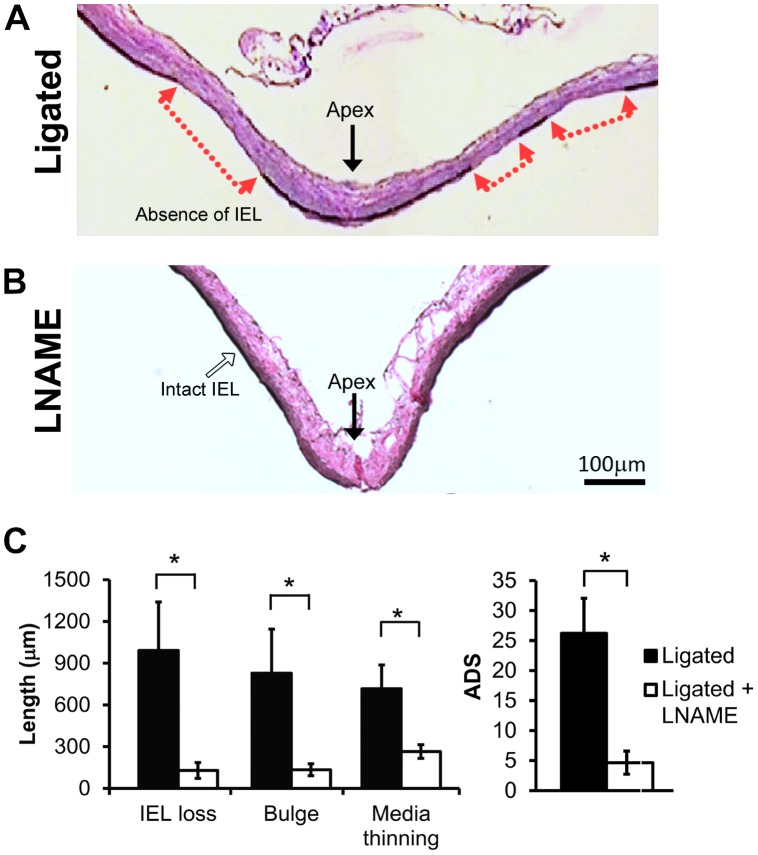Figure 2. LNAME inhibited flow-induced aneurysm initiation at the BT.
(A) Van Gieson’s stain of the basilar terminus (BT) 5 days after bilateral common carotid artery ligation shows a long region of the vessel wall (between red arrows) exhibiting IEL loss, bulge formation and medial thinning. (B) BT in LNAME-treated animals 5 days after ligation had intact IEL and little bulge formation and medial thinning. Scale bars = 100 µm. (C) The lengths of IEL loss, bulging, media thinning, and the composite aneurysm development score (ADS) were all reduced with LNAME treatment as compared to untreated ligated animals. Bars represent mean ± standard error. *Statistically significant difference between ligated and LNAME-treated groups (p<0.05, Mann-Whitney U-test).

